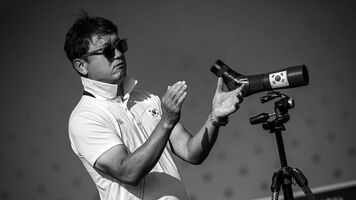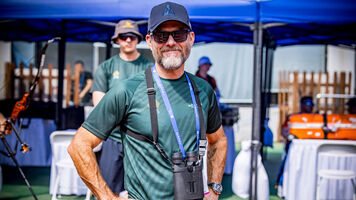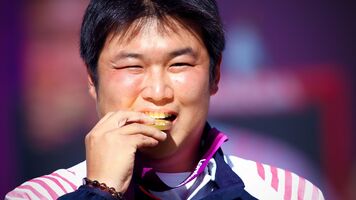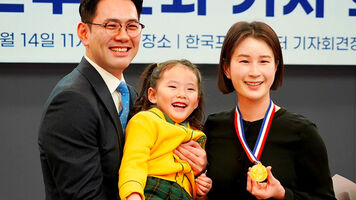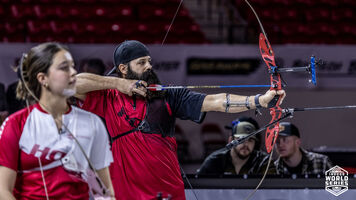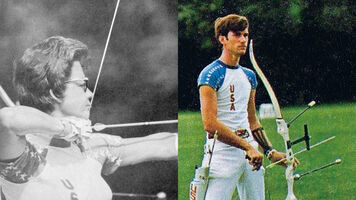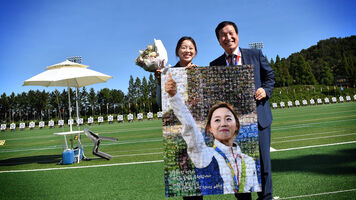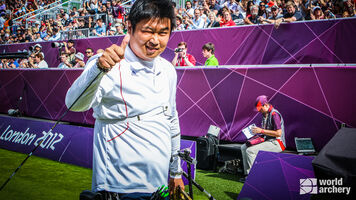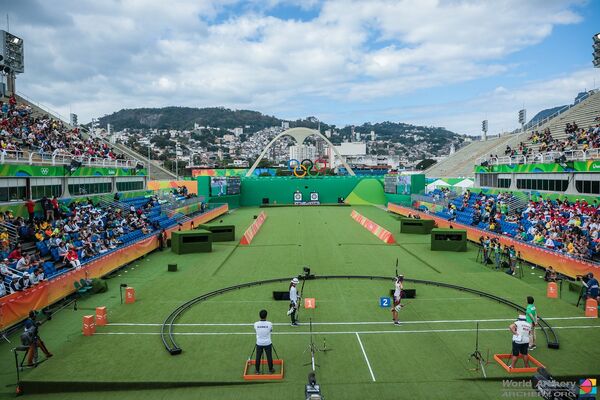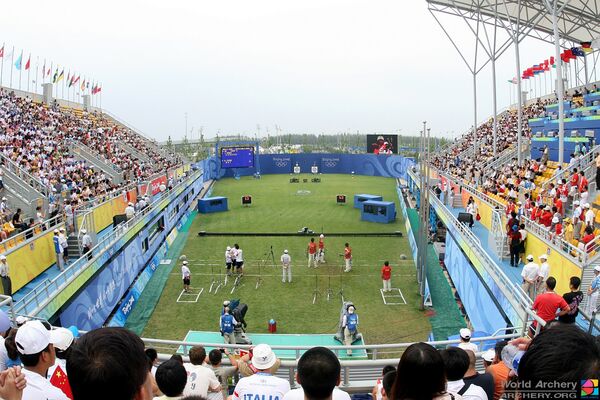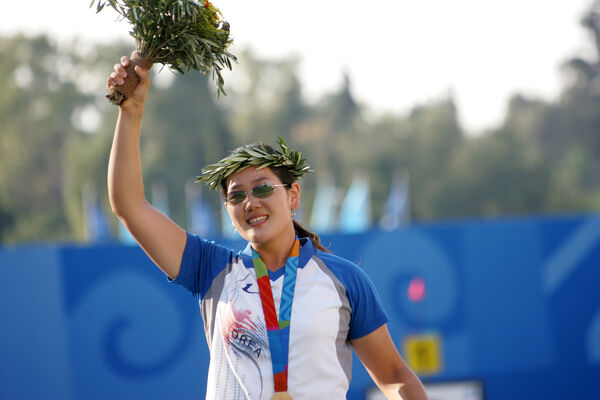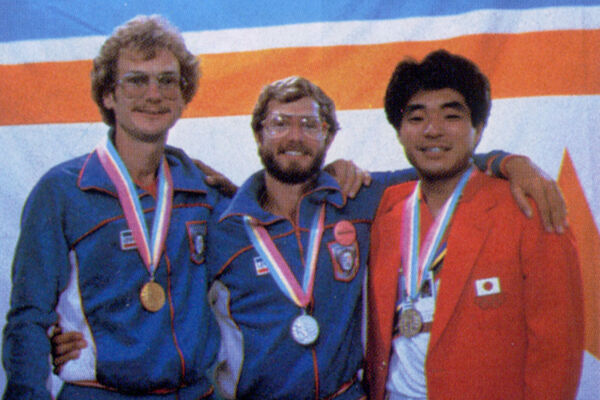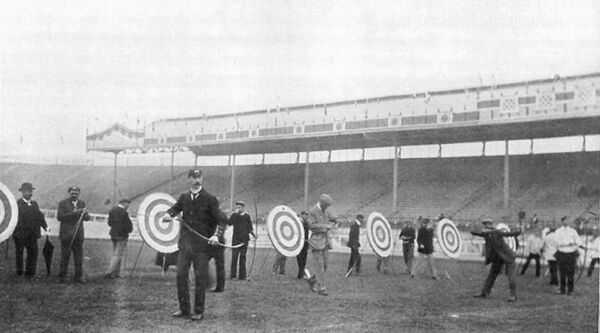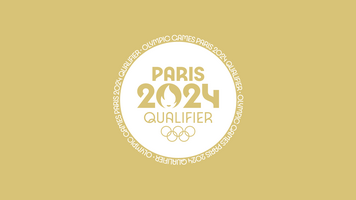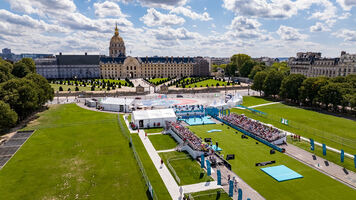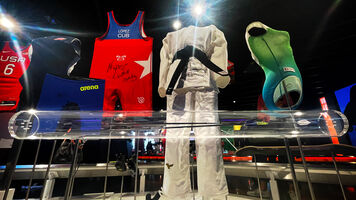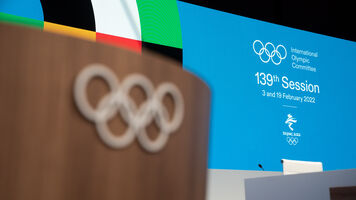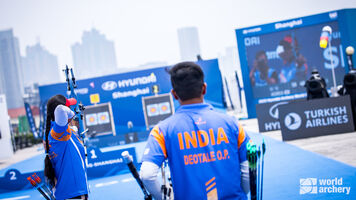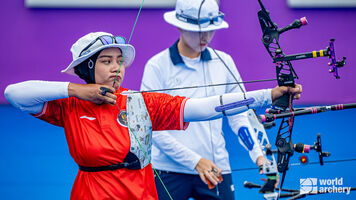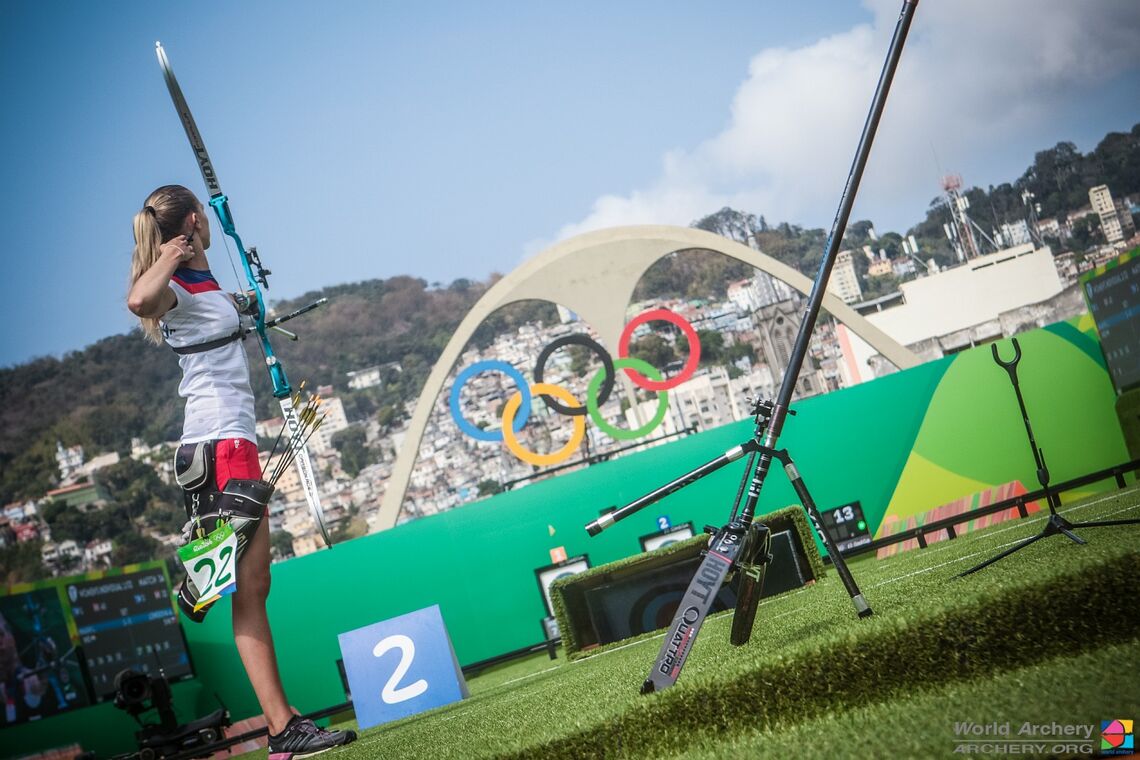
Archery at the Olympics
Archery has been a permanent fixture at the Olympic Games since 1972.
Archery’s history at the Olympic Games is split into two periods: the early era and the modern era.
The sport featured on the programme of the Olympic Games in 1900, 1904, 1908 and 1920 during the early era. It was also one of the first sports to feature women’s events, in 1904. The competition formats were inconsistent, often based on local rules, and archery was subsequently dropped from the programme. World Archery was founded in 1931 with the goal of rejoining the Games.
Archery returned to the Olympic Games in 1972 and has remained on the programme ever since. During this modern era, the competition format has evolved toward exciting, easily accessible and broadcast-friendly head-to-head matchplay. Two gold medals, for the individual events, were awarded from 1972 to 1984; team events were added in 1988. The mixed team event was added for 2020, bringing the total number of Olympic Champion titles available in the archery competitions to five.
Currently, 64 men and 64 women compete in target archery events with recurve bows at the Olympics. The reigning Olympic Champions are Korea's Ku Bonchan and Chang Hye Jin.
Since 2004, the archery competitions at the Olympic Games have often been held in iconic locations like the Panathinaikos Stadium (2004), Lord’s Cricket Ground (2012) and the Sambodromo (2016).
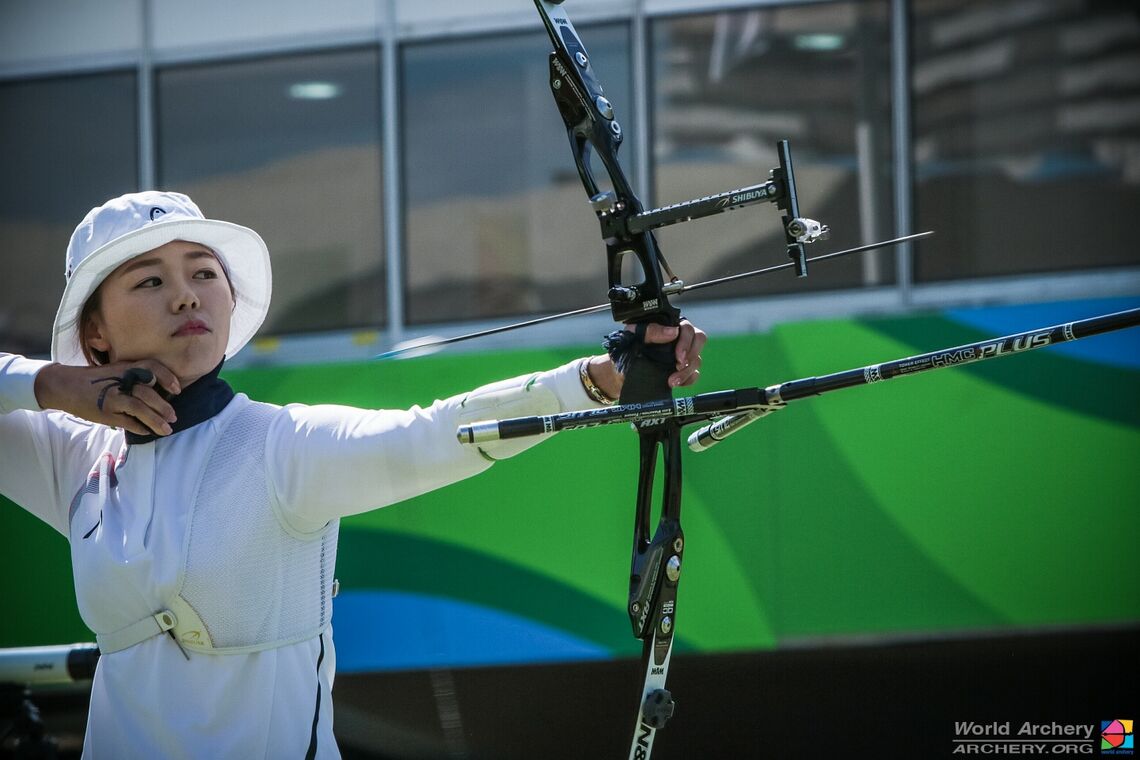
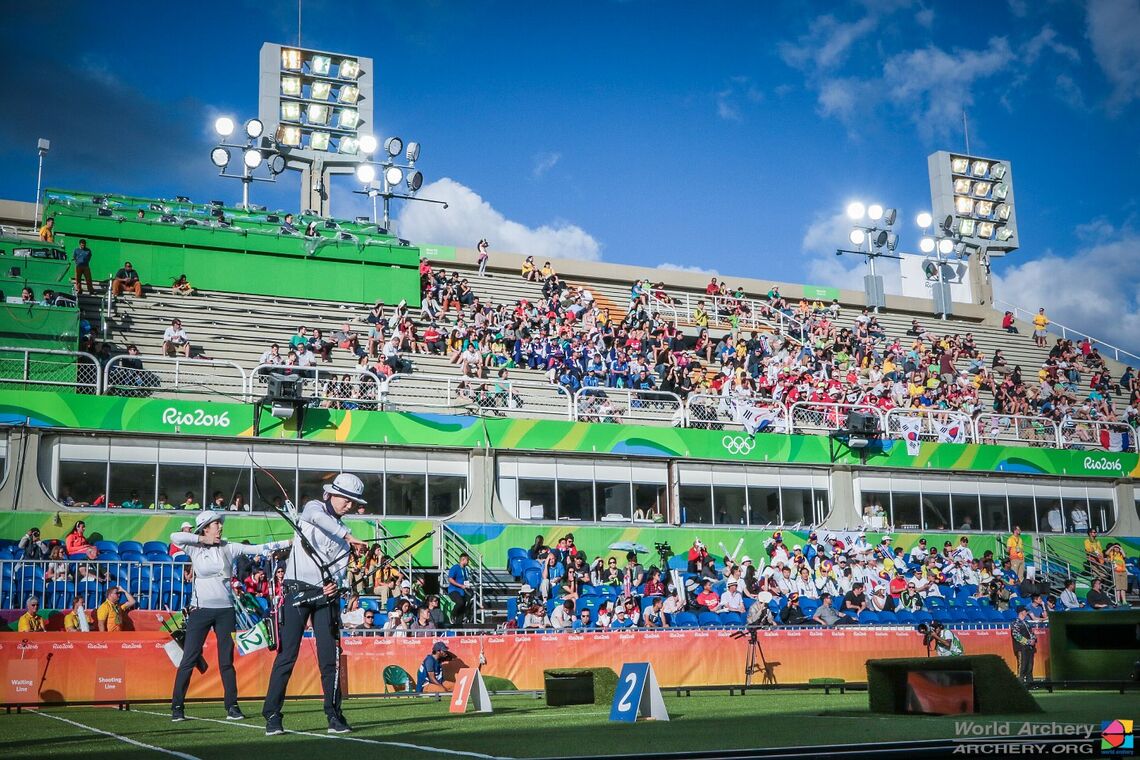
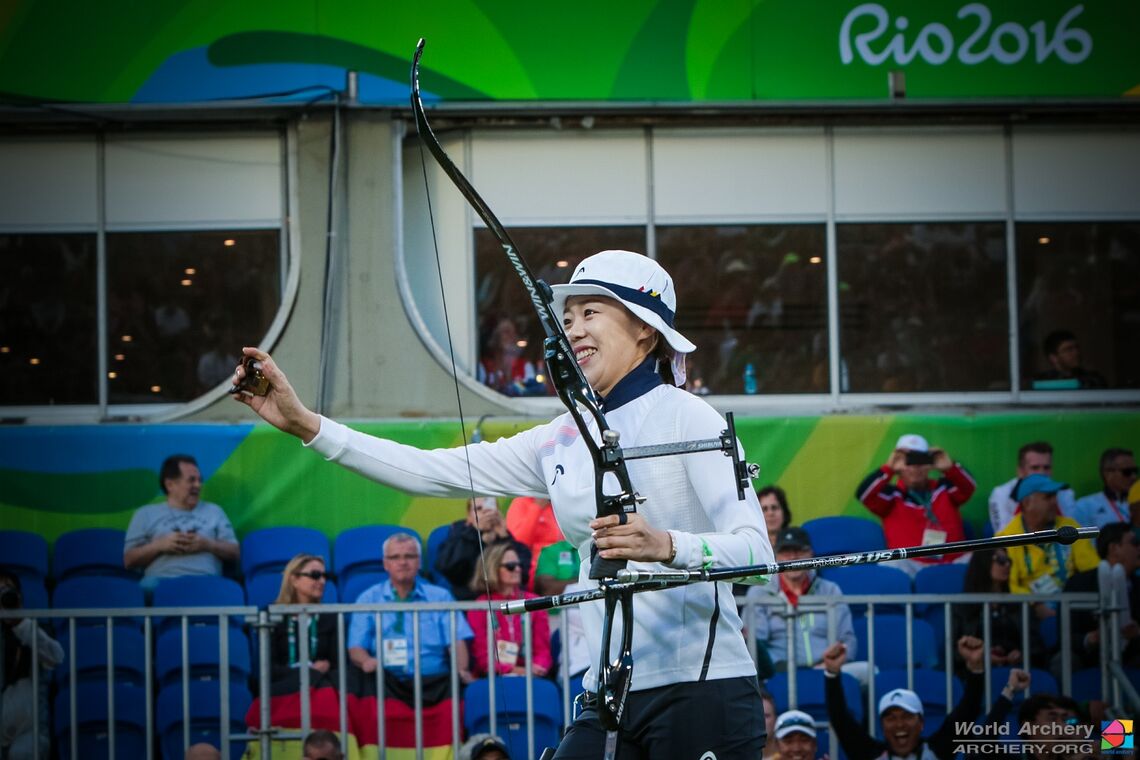
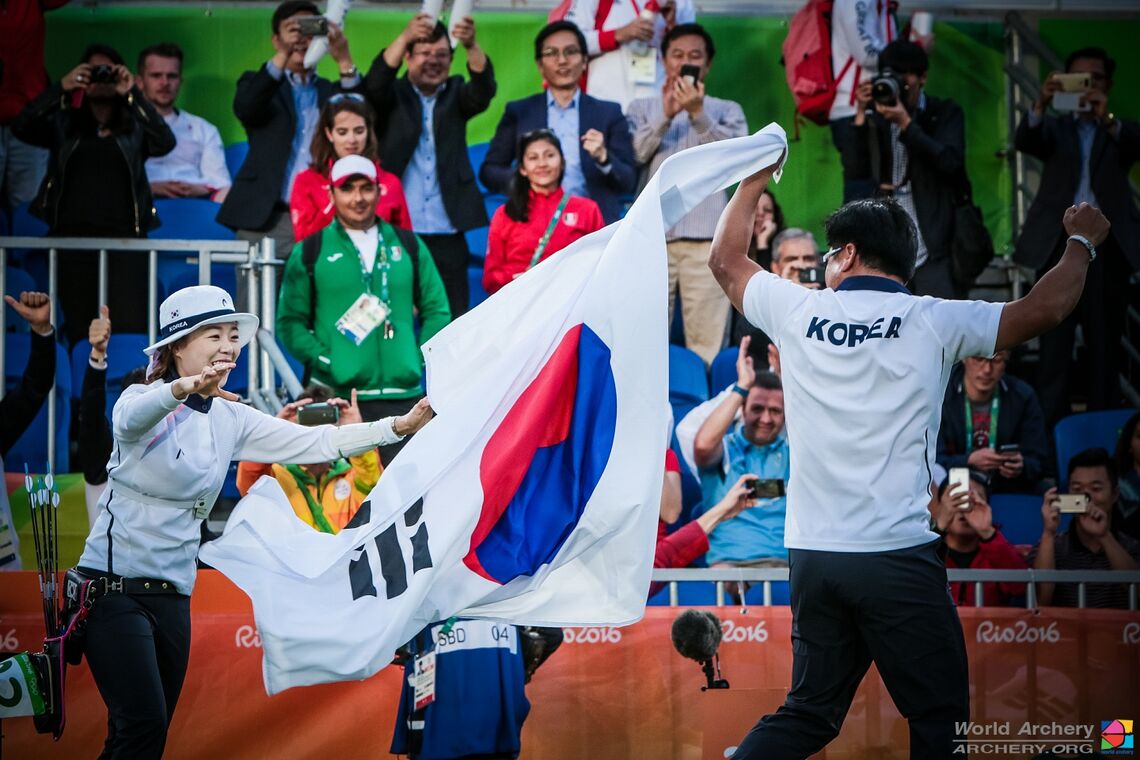
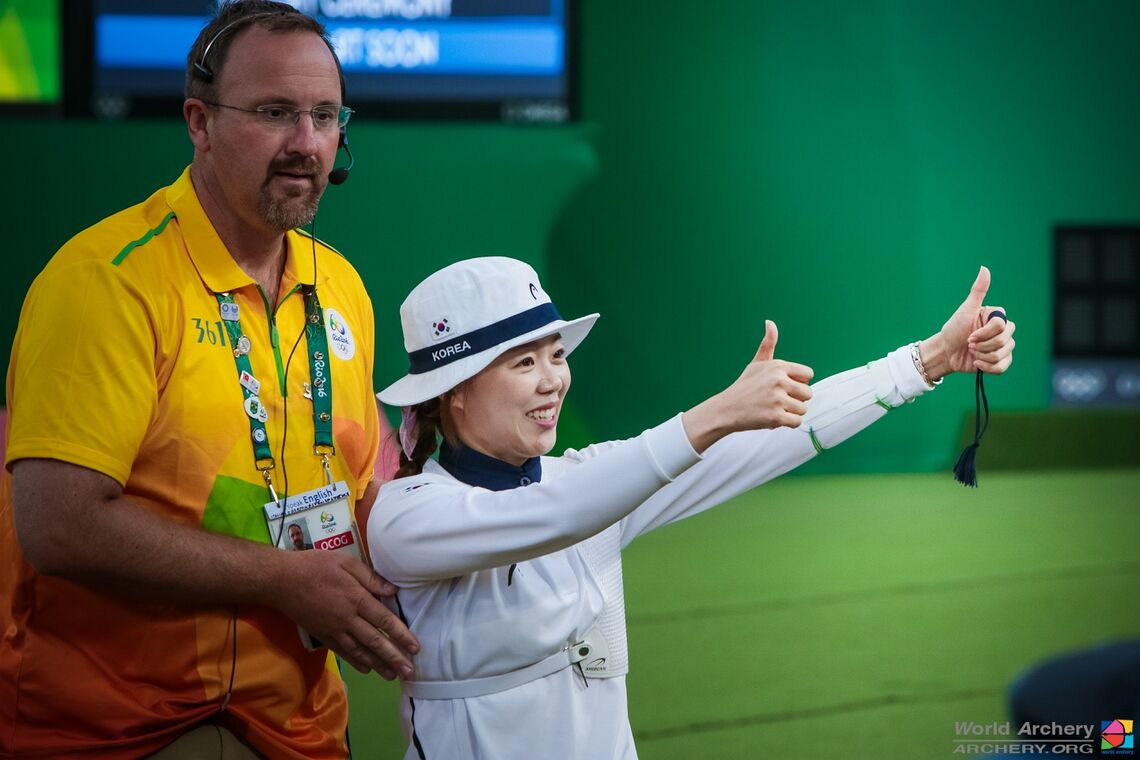
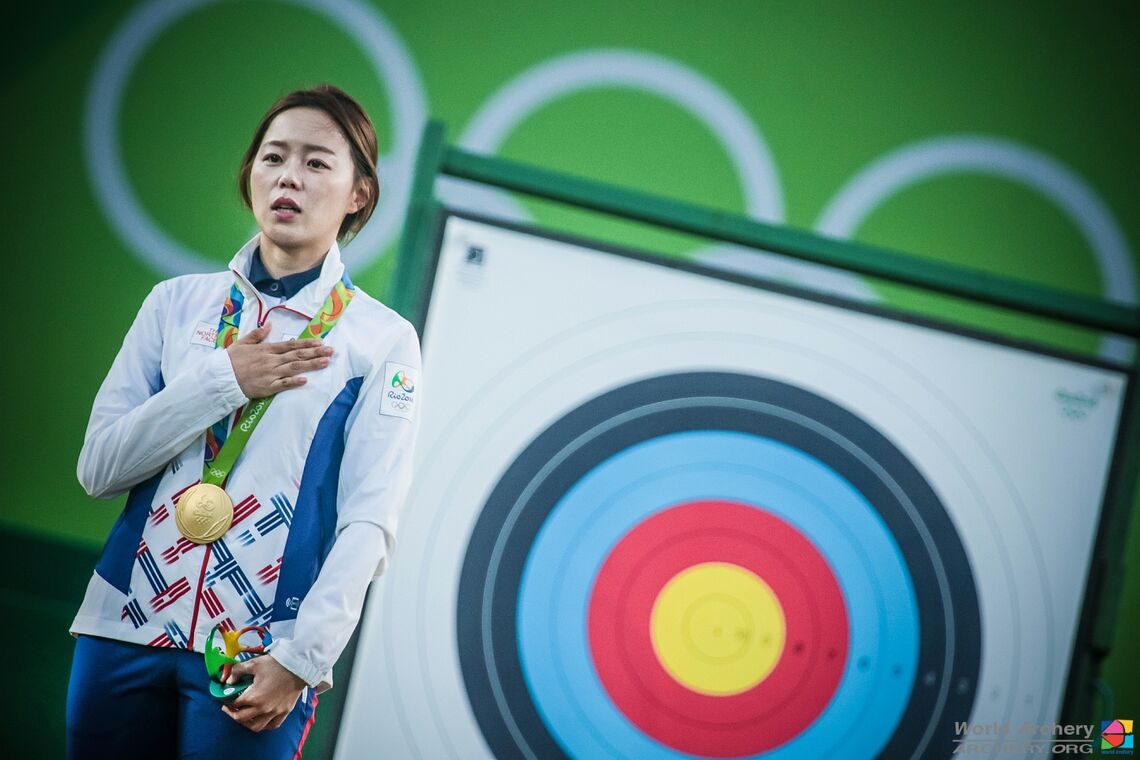
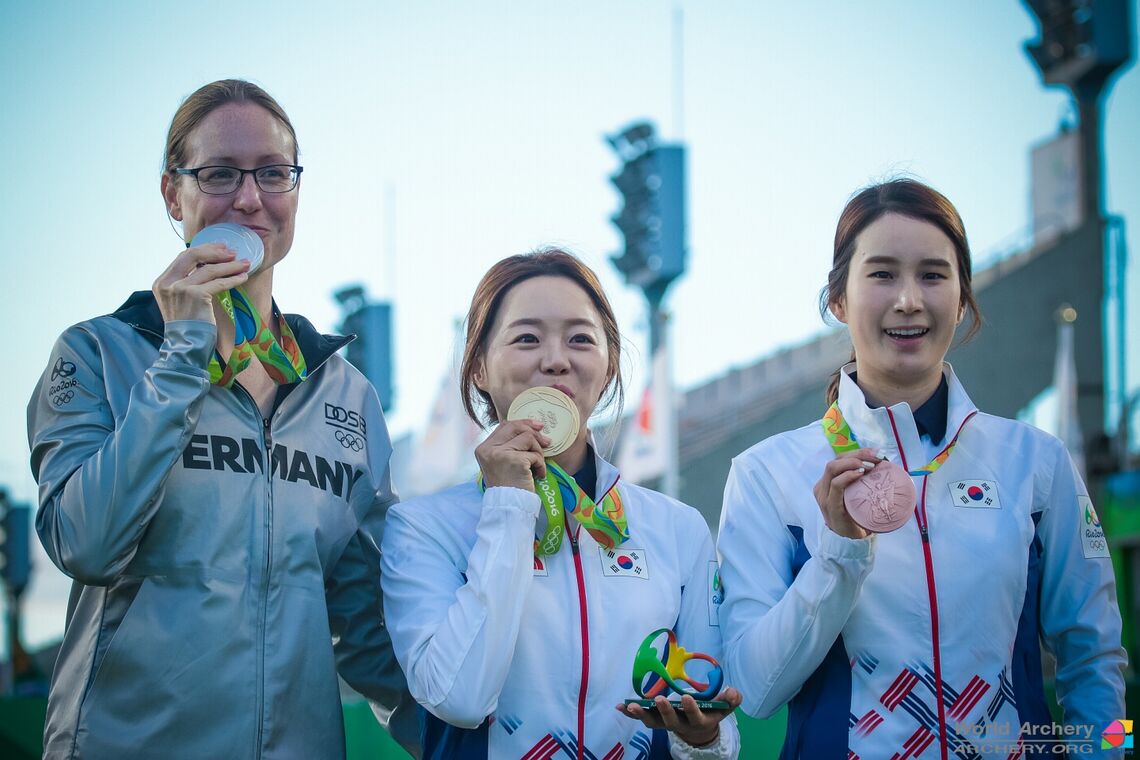
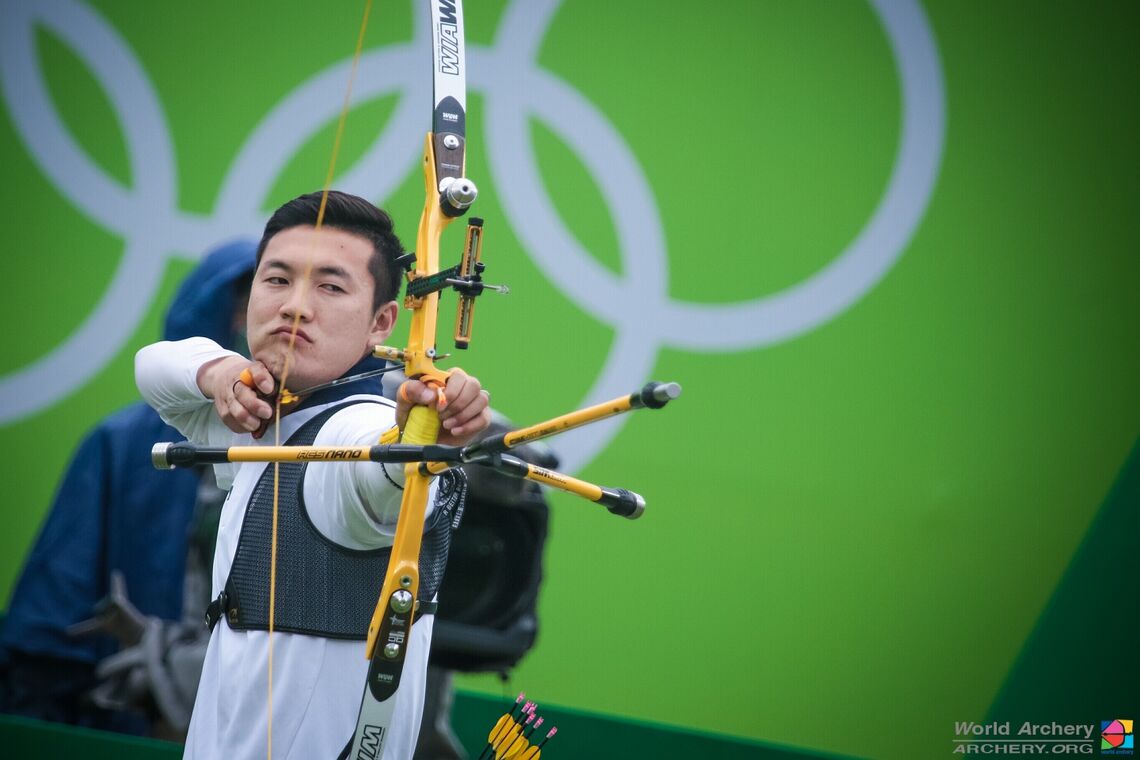
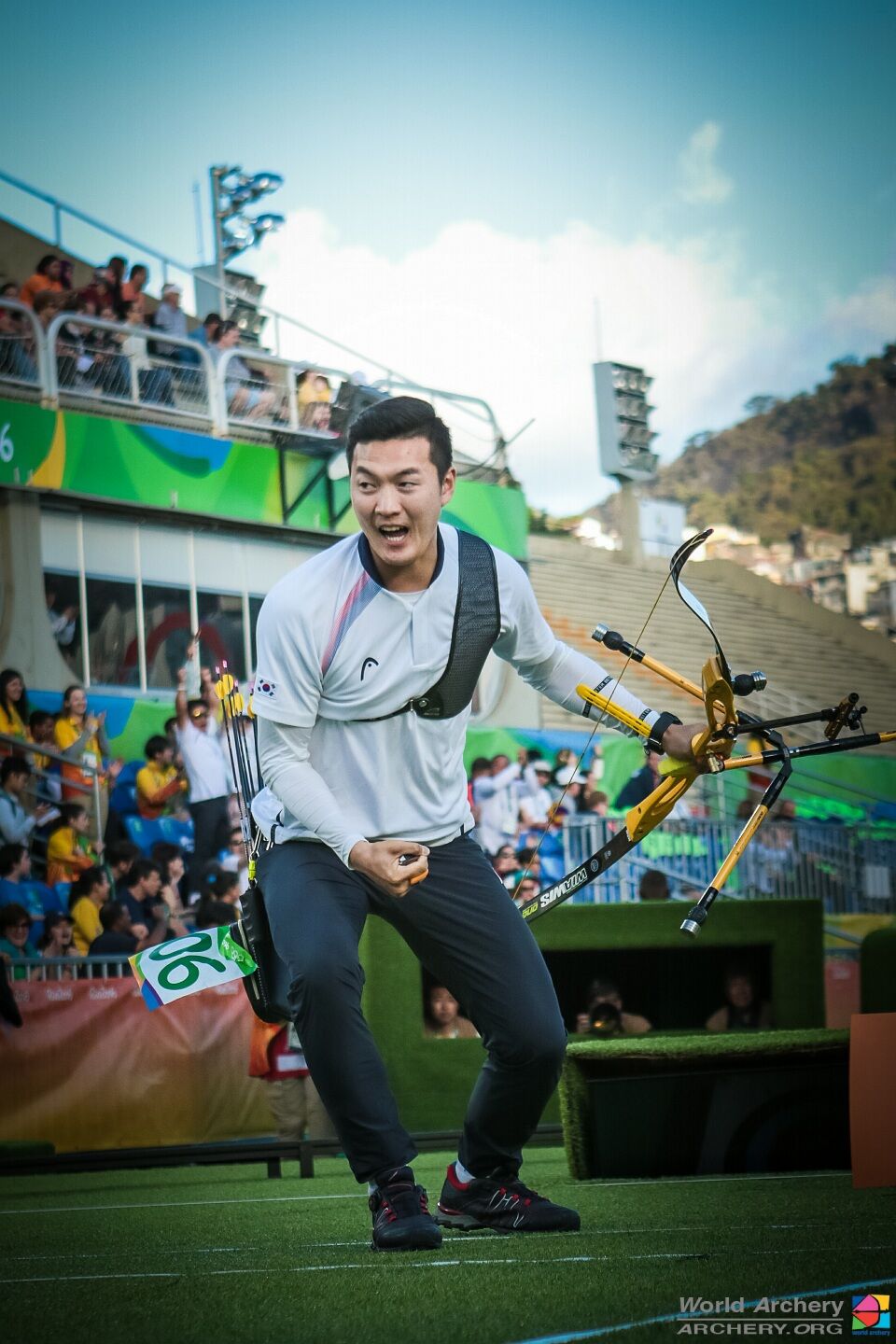
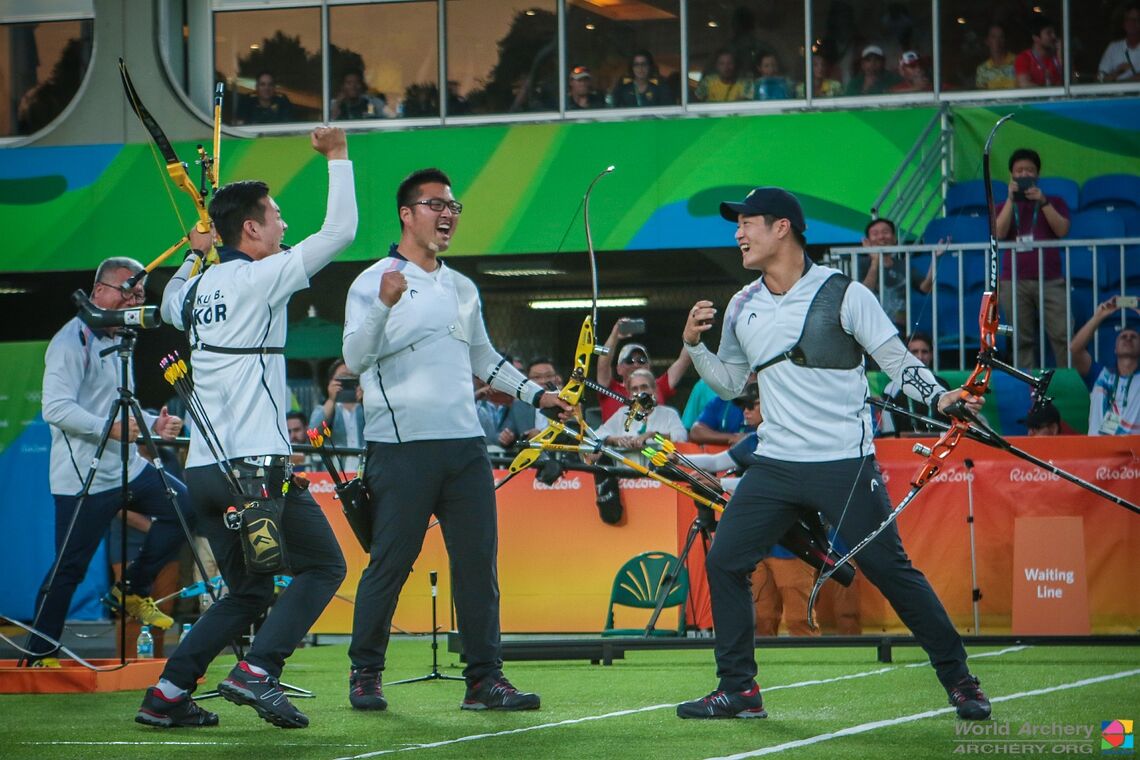
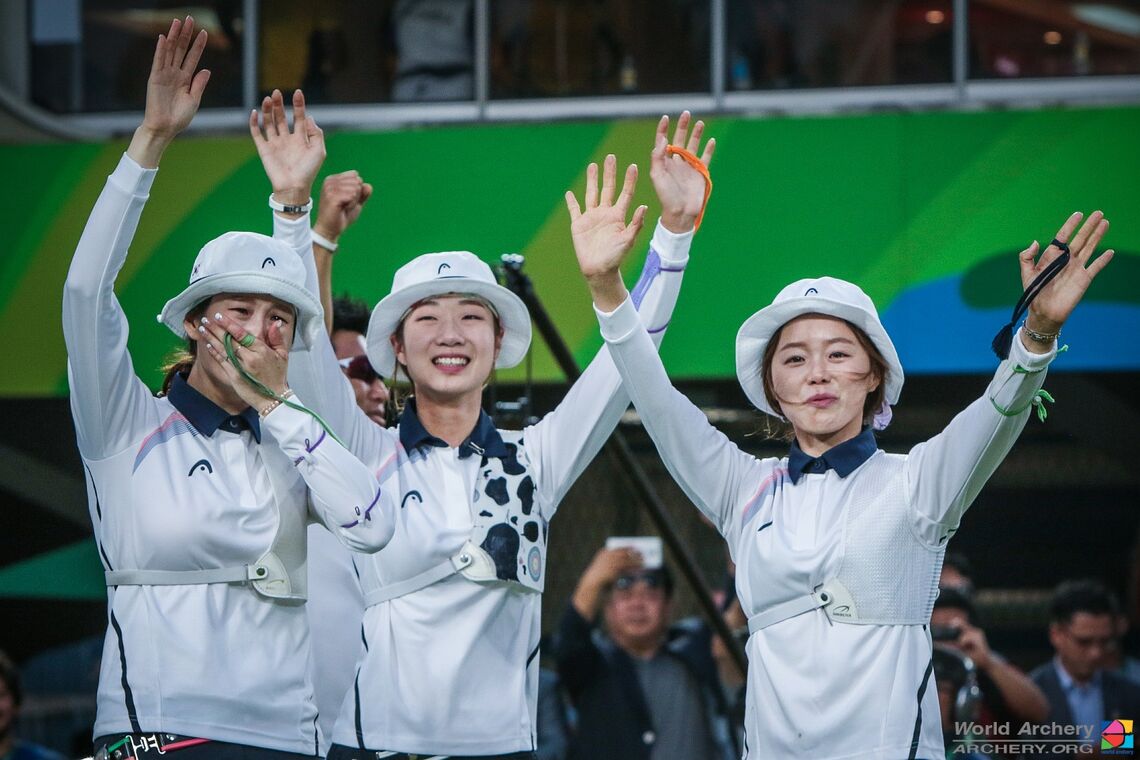
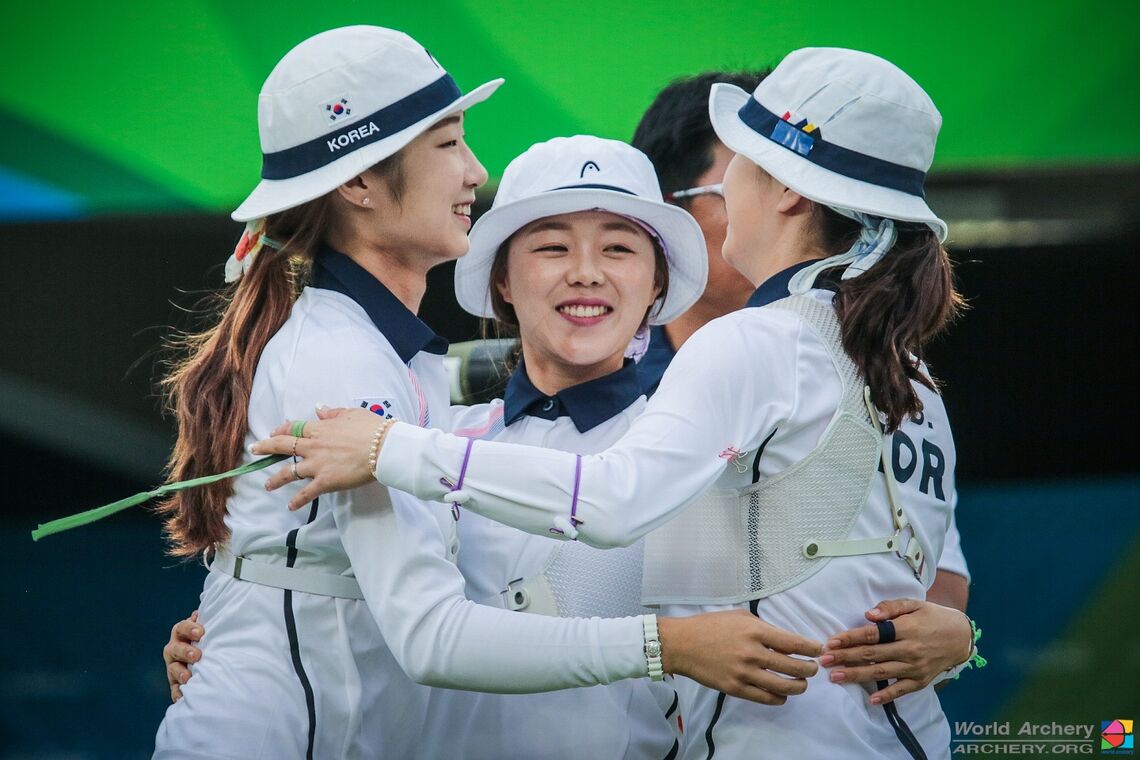
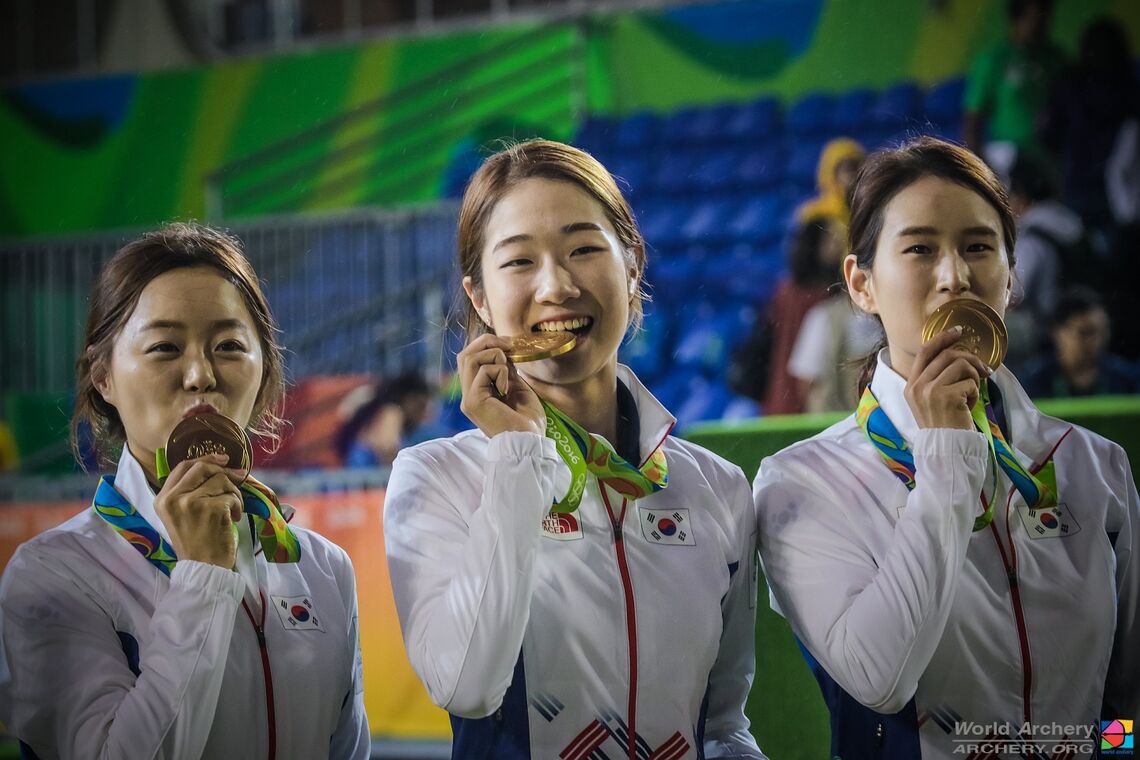
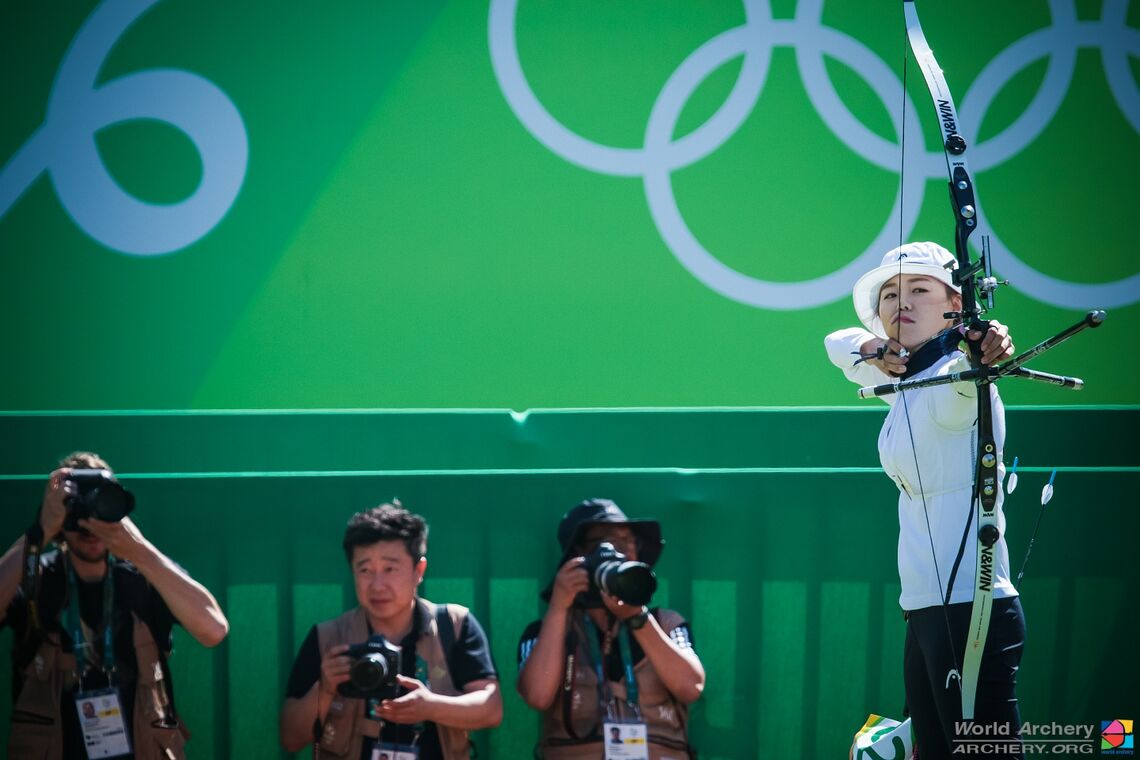
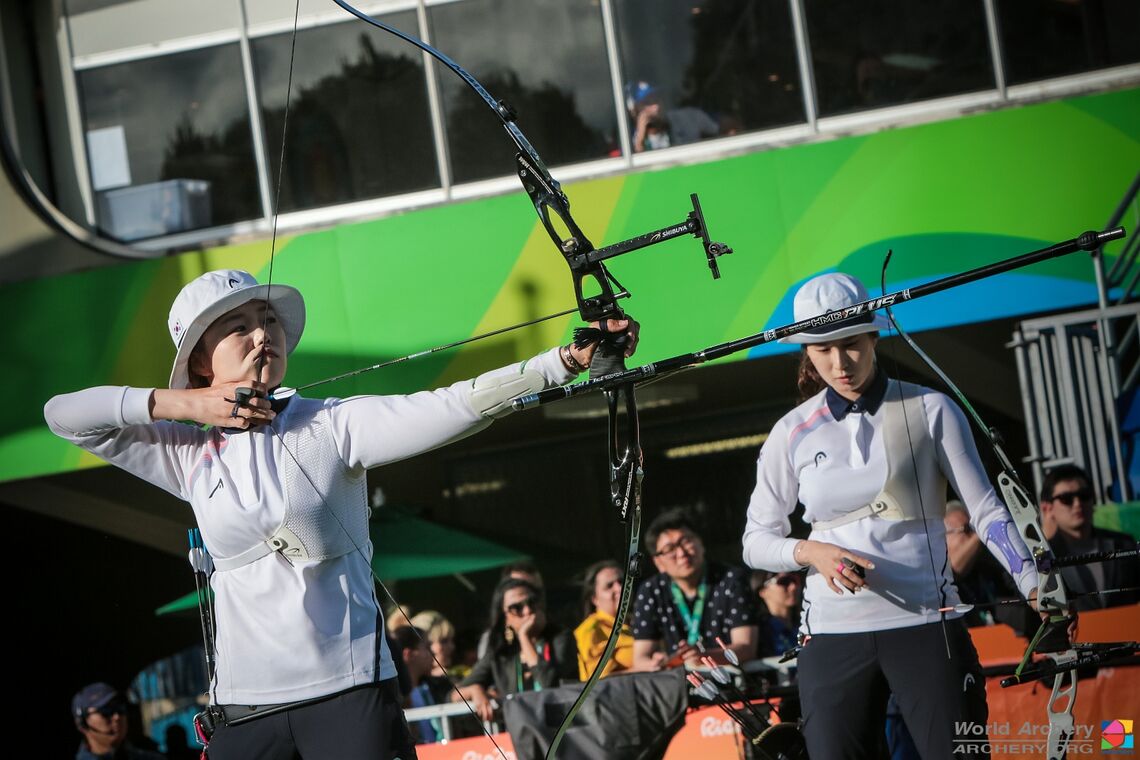
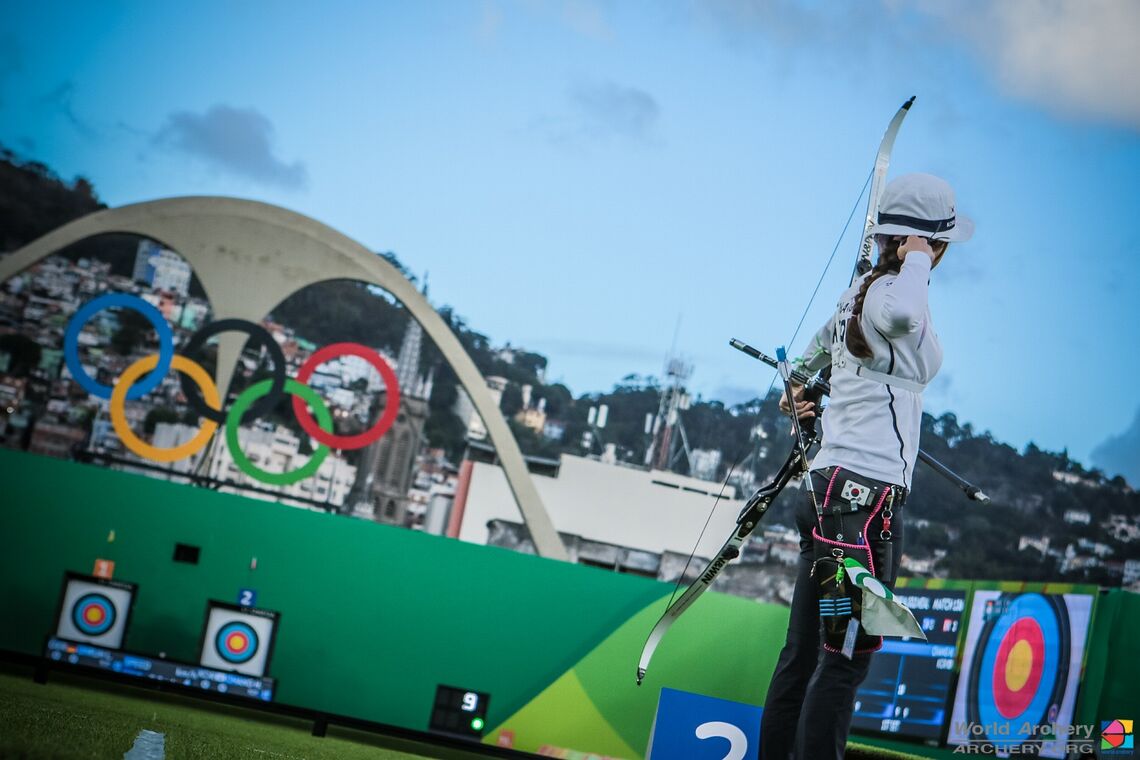
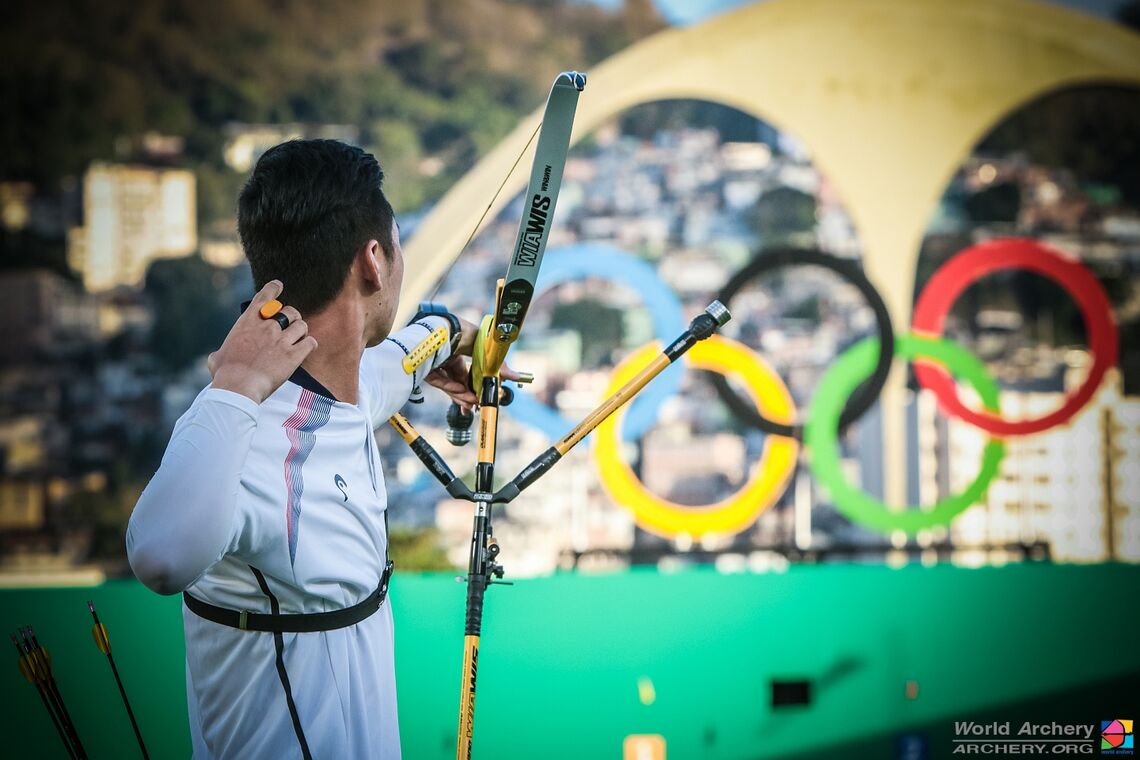
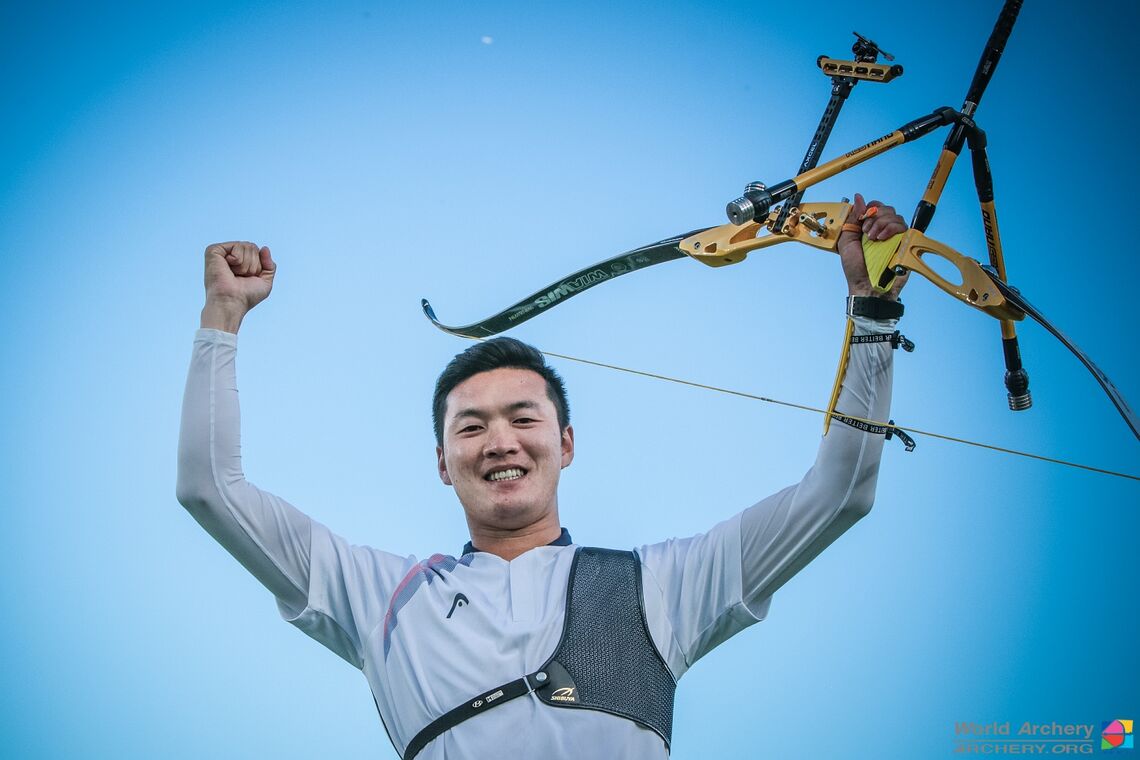
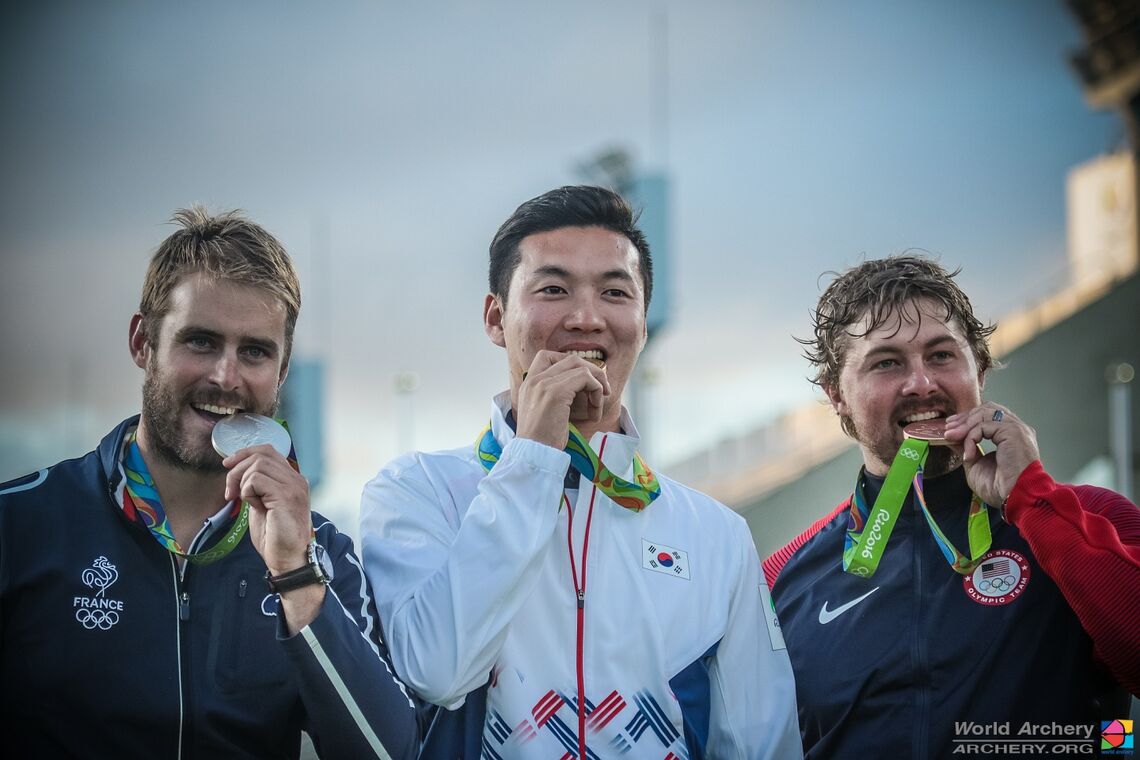
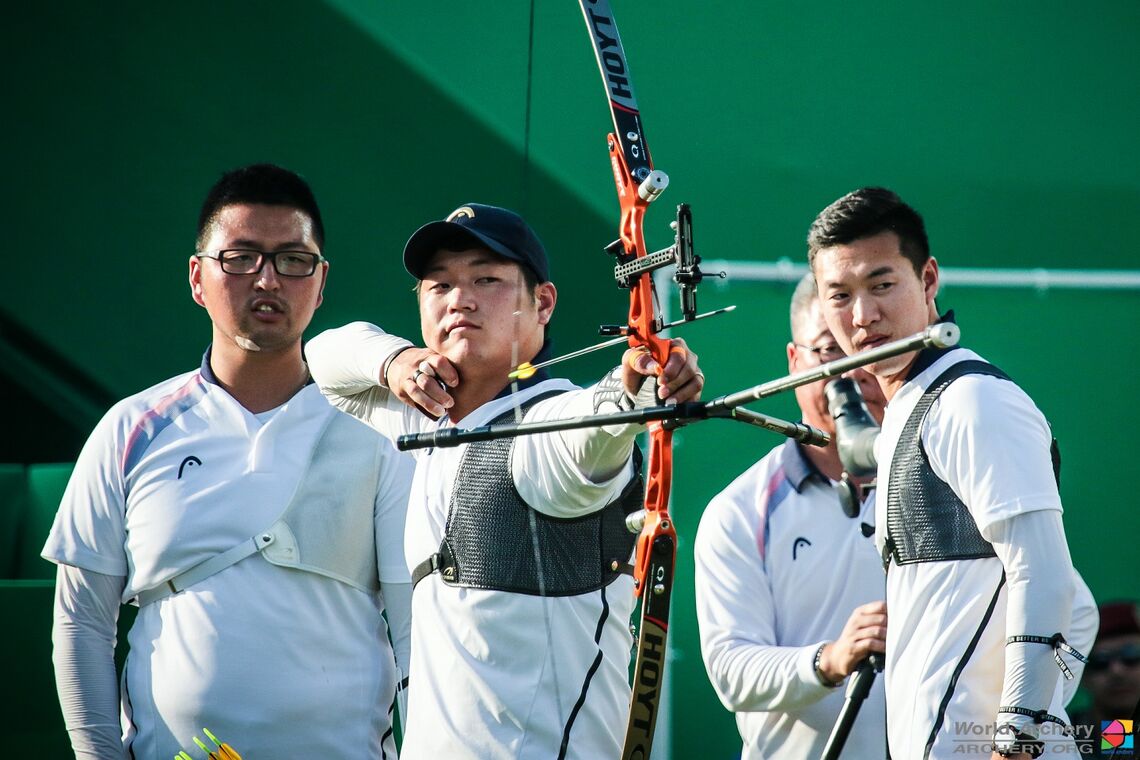
Winningest Olympians
Hubert van Innis of Belgium is archery’s winningest Olympian, including the early era, having collected six gold and three silver medals at the Olympic Games in 1900 and 1920. Kim Soo-Nyung of Korea is archery’s winningest Olympian in the modern era, having collected four gold medals, one silver and one bronze at the Olympic Games in 1988, 1992 and 2000.
Darrell Pace of the USA is the only archer to have won the individual event twice. He took gold medals at the Montreal 1976 and Los Angeles 1984 Olympic Games.
Korea is archery’s most successful nation at the Olympic Games. The country made its debut in the Olympic archery competition at Los Angeles 1984 and has since accrued 23 gold, nine silver and seven bronze for a total of 39 medals. The Korean recurve women have never lost the team event in the eight times it has been held since 1988.
Korea won all four gold medals for the first time at the Rio 2016 Olympic Games.
Archer Neroli Fairhall of New Zealand became the first paraplegic athlete to compete in any sport at the Olympic Games in 1984.
Latest news: Olympic Champions
Current competition format
Archers at the Olympic Games use recurve bows and compete in the discipline of target archery.
The competition features individual, mixed team and team events. A mixed team consists of two archers, one man and one woman, shooting in the same category (with the same bow). A team consists of three archers of the same gender shooting in the same category (with the same bow).
Nations must qualify quota places. A maximum of 128 athletes can compete, 64 men and 64 women. Places are won at world qualifying events and continental qualifying events. A small number of places are assigned using the universality system, which ensures archery’s developing countries can participate and the competition field remains diverse. Each country can send a maximum of three men and three women to the Olympic Games.
Archers shoot over a distance of 70 metres at targets measuring 122 centimetres in diameter, aiming to hit a 10-ring measuring just 12.2 centimetres in diameter. The qualification phase of the competition, which consists of 72 arrows shot for total score, seeds the archers for the matchplay phase.
Archers and teams shoot in head-to-head brackets, in which the winner of each match advances and the loser is eliminated until a champion is crowned.
The traditional archery targets used at the Olympic Games, which measure 122 centimetres in diameter, have 10 concentric rings, scoring 10 points for the inner ring and one point for the outer ring, of five colours. The yellow rings score 10 and nine points, red rings score eight and seven points, blue rings score six and five points, black rings score four and three points, and the white rings score two points and one point. Missing the target scores zero points.
The 10-ring on the target measures just 12.2 centimetres in diameter, which is about the same as an apple.
The qualification phase consists of each archer shooting 72 arrows. Archers are ranked by their total score for the individual event. These rankings provide the seeds for the brackets.
Seeds for the mixed team event are decided by ranking the highest scoring man and woman from one country. A maximum of 16 mixed teams can advance. Seeds for the team event are decided by ranking three archers of the same gender from one country
The matchplay phase consists of archers, mixed teams and teams progressing through head-to-head brackets, one for each category, in which the winner advances and the loser is eliminated until a champion is crowned. Matches are decided using the set system.
The goal of a set system match is to accrue a certain number of set points. The target number of set points is six in an individual match and five in a mixed team or team match. A set consists of a defined number of arrows, which is three for an individual match, four for a mixed team match and six for a team match. An archer or team earns two set points for winning a set and one set point if the set is drawn.
If an individual match is tied on five set points after five sets, or a mixed team or team match is tied on four set points after four sets, then the match is sent to a tiebreak.
In an individual match, each archer shoots one arrow. The archer whose arrow lands closest to the centre of the target wins the match.
(If the judge cannot decide whose arrow is closest, they may call for another shoot-off.)
In a mixed team or team match, each archer shoots one arrow. The mixed team or team with the highest total score wins the match.
If the mixed teams or teams are tied on score, then the mixed team or team whose arrow landed closest to the centre of the target wins the match. If those arrows are an identical distance from the centre, then the next arrows are compared (and again for teams).
(If the judge cannot differentiate between the mixed teams or teams after the last arrow, they may call for another shoot-off.)
Timeline: Olympic archery

Tokyo 2020
Delayed by one year due to the COVID-19 pandemic, the Tokyo 2020 Olympic Games will debut the mixed team event, bringing the total number of gold medals available in the archery competitions to five for the first time in the modern era.
Read more about Tokyo 2020.
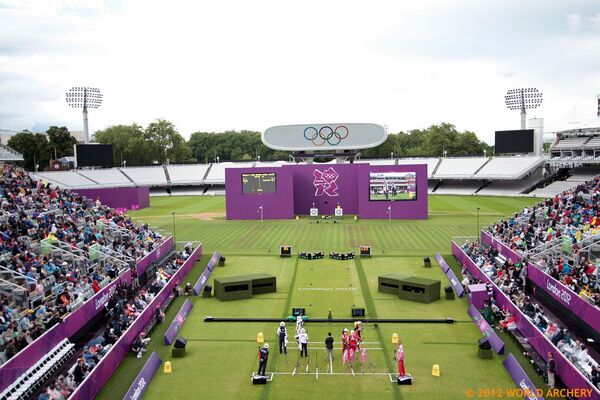
London 2012
The set system was introduced for the individual events at London 2012, when the archery competitions were held at Lord’s Cricket Ground. More than 60,400 spectator tickets were sold, and the success of the event led archery to be named as a core sport at the Olympics. Oh Jin Hyek became the first recurve men’s champion from Korea.
One-hundred-and-twenty-eight archers from 55 nations participated.
Winners
- Recurve men: Oh Jin Hyek, Korea
- Recurve women: Ki Bo Bae, Korea
- Recurve men's team: Italy
- Recurve women's team: Korea
Read more about London 2012.
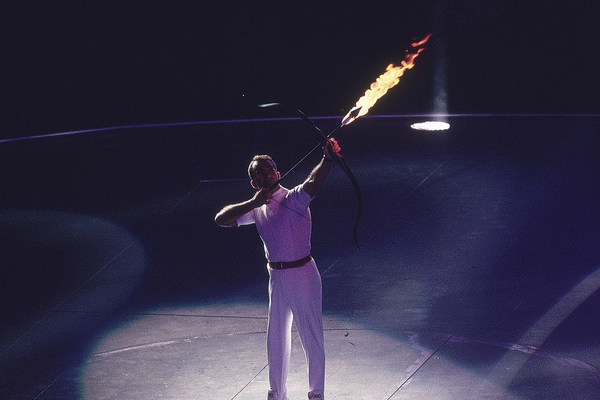
Barcelona 1992
A pivotal event in archery’s Olympic history, Barcelona 1992 introduced the head-to-head match format to the Games. The accessibility of the new style of competition for spectators and broadcasts laid the foundation for archery’s later success. During the opening ceremony, para archer Antonio Rebollo lit the Olympic cauldron with a flaming arrow.
One-hundred-and-six archers from 44 nations participated.
Winners
- Recurve men: Sebastien Flute, France
- Recurve women: Cho Youn Jeong, Korea
- Recurve men's team: Spain
- Recurve women's team: Korea
Read more about Barcelona 1992.
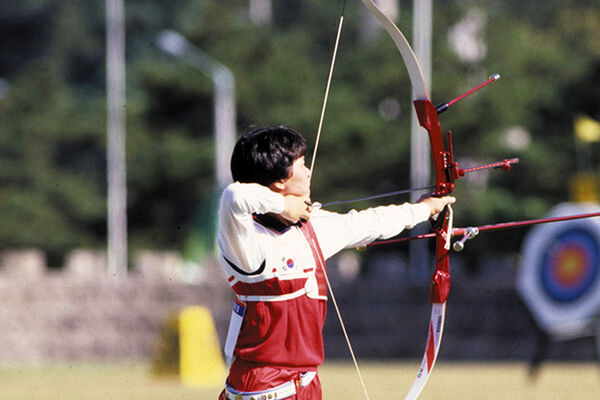
Seoul 1988
The team events were introduced for the first time at Seoul 1988, bringing the total number of gold medals available in the archery competitions to four. In an attempt to improve the spectator experience, an individual competition format called the Grand FITA, which saw athletes eliminated as the event progressed, was used for the first and only time at the Olympics.
One-hundred-and-forty-six archers from 41 nations participated.
Winners
- Recurve men: Jay Barrs, USA
- Recurve women: Kim Soo-Nyung, Korea
- Recurve men's team: Korea
- Recurve women's team: Korea
Read more about Seoul 1988.
Munich 1972
Archery rejoined the programme of the Olympic Games after a 52-year hiatus, using official international target archery rules for the first time. John Williams and Doreen Wilber became archery’s first Olympic Champions in the modern era. The winners were decided by the total cumulative points score on double FITA rounds.
A FITA round consisted of 36 arrows at targets set at distances of 90, 70, 50 and 30 metres for men, and 70, 60, 50 and 30 metres for women. The farthest two distances used targets measuring 122 centimetres in diameter, and the closest two distances used targets measuring 80 centimetres in diameter.
Ninety-five archers from 27 nations participated.
Winners
- Recurve men: John Williams, USA
- Recurve women: Doreen Wilber, USA
Read more about Munich 1972.
Paris 1900
The 1900 Olympic Games were held alongside the world's fair in Paris, France. Many archery events were held and more than 5000 archers participated; however, only seven of the events, featuring archers from France, Belgium and the Netherlands, are generally considered to be part of the Olympics. Many of the other events acted as qualifiers. Local rules for early formats of target archery and popinjay archery were used.
A world championship competition was held for the two archers who achieved the best results across the target archery events. Henri Herouin beat Hubert van Innis, 22 to 16, but little is known about the format of the competition.
One-hundred-and-three archers from three nations participated.
